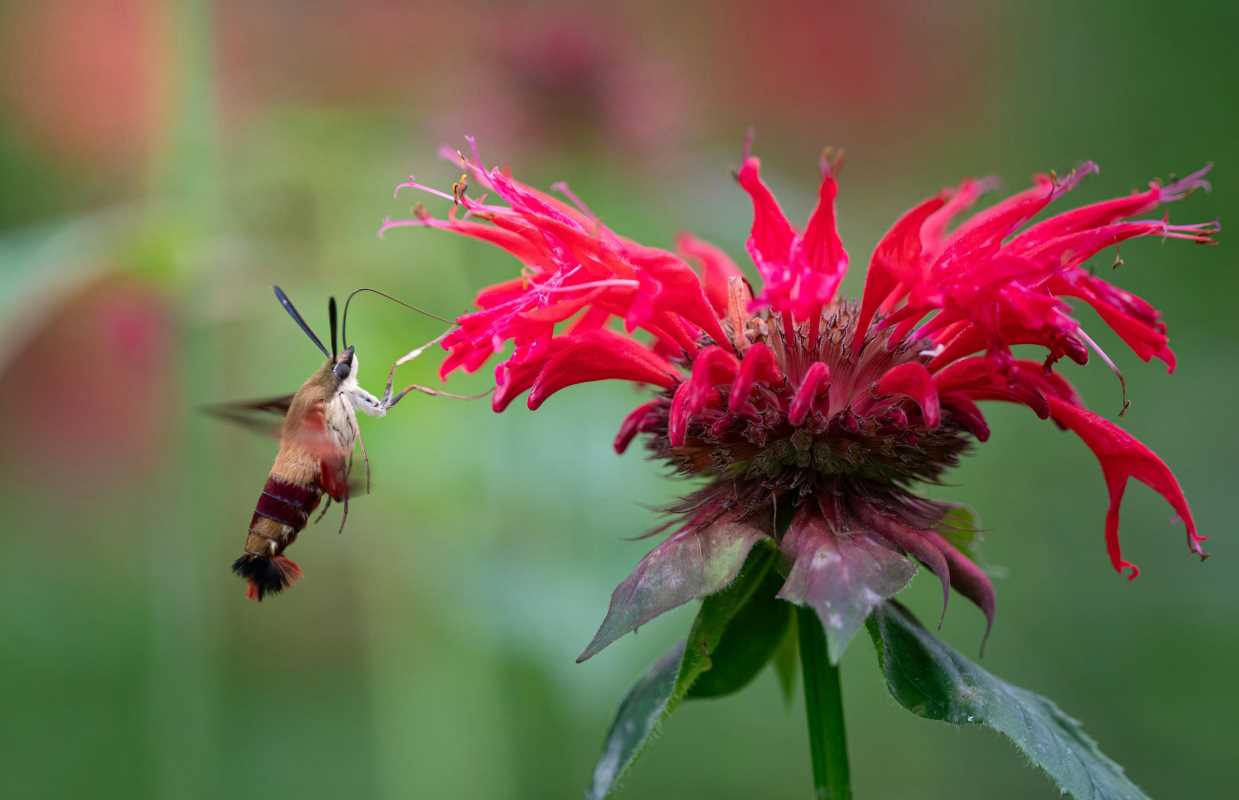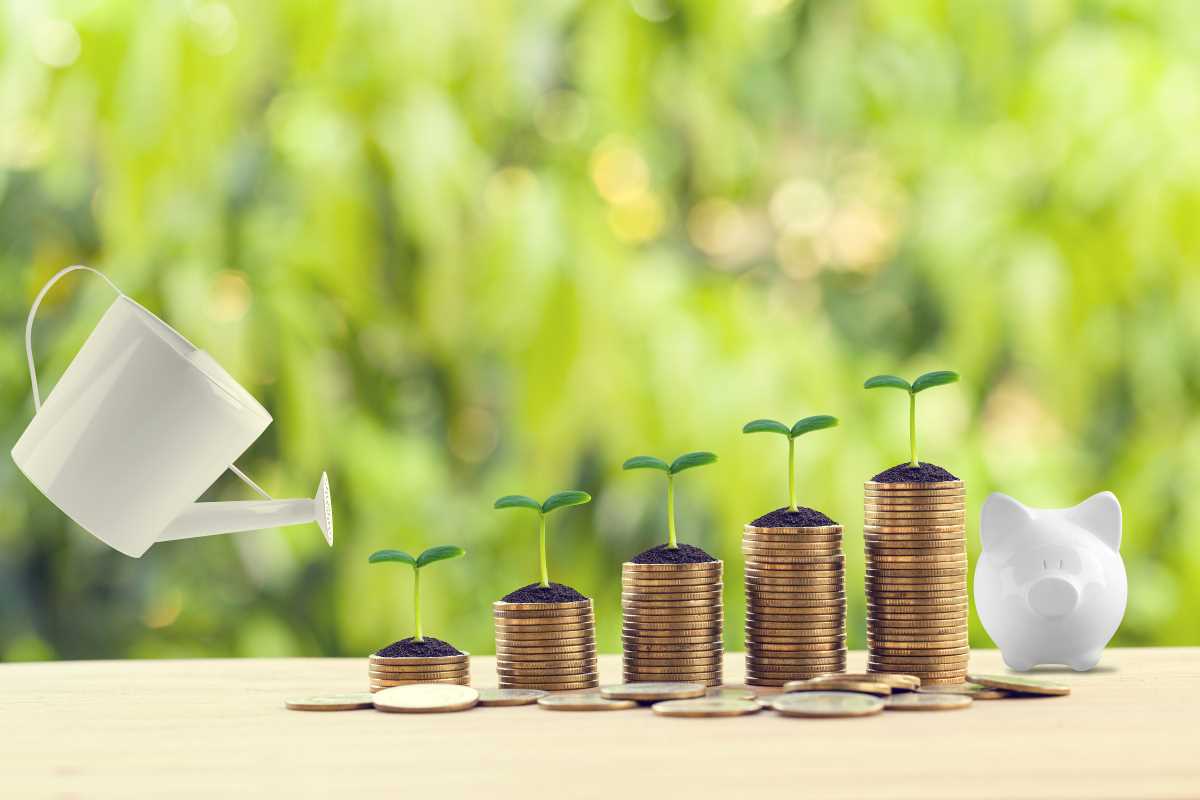When you think about investing, your mind probably goes to stocks, bonds, or maybe real estate. You might picture charts, market fluctuations, and company profits. But what if you could invest in something that not only has the potential for financial return but also actively helps the planet? This is the idea behind pollinator portfolios. This emerging investment area focuses on supporting the companies and agricultural practices that protect bees, butterflies, birds, and other vital pollinators. It’s a way to use your money to foster a healthier ecosystem. By investing in the businesses that support these tiny but mighty creatures, you are contributing to global food security and biodiversity, all while exploring a unique and growing sector of the green economy.
What Are Pollinators and Why Do They Matter?
Before we dive into the investment side, let's talk about the stars of the show: the pollinators. A pollinator is any animal that moves pollen from one part of a flower to another, which fertilizes the plant so it can produce fruits, seeds, and the next generation of plants. While bees get most of the credit, this group also includes butterflies, moths, beetles, birds, and even bats.
Their work is absolutely fundamental to life on Earth. About 75% of the world’s flowering plants and roughly 35% of the world's food crops depend on animal pollinators to reproduce. The next time you enjoy an apple, a cup of coffee, or some almonds, you have a pollinator to thank. They are the invisible workforce behind much of the food we eat.
Unfortunately, pollinator populations are in steep decline around the world. This is due to a combination of factors, including habitat loss, the widespread use of pesticides, climate change, and disease. This decline isn't just sad news for nature lovers; it poses a serious threat to our food systems and economic stability. The loss of pollinators could lead to lower crop yields, higher food prices, and a decrease in the availability of many nutritious foods. This is where the concept of a pollinator portfolio comes into play as a solution.
Building a Pollinator Portfolio: What's Inside?
A pollinator portfolio isn't a pre-packaged investment fund you can just buy off the shelf (at least, not yet in most cases). Instead, it's a way of thinking about and selecting investments that contribute positively to pollinator health. It’s about directing capital toward companies and initiatives that are part of the solution. An investor building such a portfolio would look for opportunities in several key areas.
One of the main sectors is sustainable and organic agriculture. This includes investing in farms that use regenerative farming practices. These methods focus on building healthy soil, avoiding synthetic pesticides, and planting cover crops or wildflower strips that provide food and habitat for pollinators. You might invest in a company that produces organic fertilizers or one that develops natural pest-control solutions that don't harm beneficial insects. By supporting these businesses, you are helping to create a safer environment for pollinators to thrive.
Another area is habitat restoration. This could involve investing in companies that specialize in ecological landscaping, selling native plant seeds, or managing land in a way that promotes biodiversity. For example, a company that works with large landowners or corporations to convert unused land into pollinator-friendly meadows would be a prime candidate for a pollinator portfolio.
Technology and research also play a significant role. Investment could flow into AgTech (agricultural technology) startups that are developing innovative ways to monitor bee health, such as smart hives that track colony activity. It could also support companies creating advanced drone technology for targeted pollination in areas where natural pollinator populations are insufficient. These technological advancements can provide new tools to support and supplement the work of natural pollinators.
The Financial Case for Supporting Pollinators
Investing with your conscience is rewarding, but most people also want to see a financial return. The good news is that investing in pollinator-friendly businesses isn't just about charity; it makes good business sense. As consumers become more aware of environmental issues, the demand for sustainable and organic products is soaring. Companies that can authentically label their products as "bee-friendly" or "sustainably grown" have a competitive edge in the marketplace.
The risks associated with pollinator decline also create a strong economic argument. The agricultural sector is massive, and any company that relies on pollinated crops—from food producers to clothing companies using natural fibers like cotton—faces a tangible risk if pollinator populations collapse. Businesses that are proactive in protecting pollinators are also protecting their own supply chains and long-term profitability. This forward-thinking approach makes them more resilient and potentially more attractive as long-term investments.
Furthermore, governments and international bodies are starting to recognize the economic threat of pollinator loss. This is leading to new regulations and incentives that favor pollinator-friendly practices. Companies that are already aligned with these principles will be well-positioned to benefit from subsidies, grants, and favorable regulatory treatment in the future. By investing now, you are getting in on the ground floor of a market that is poised for growth, driven by both consumer demand and government policy.
How Can an Everyday Person Invest?
You don't have to be a Wall Street tycoon to start building your own pollinator portfolio. While the field is still developing, there are several ways for regular investors to get involved.
One accessible route is through publicly traded companies. You can research large corporations in the food and agriculture space and see what their policies are on pesticide use and sustainability. Some companies are making public commitments to protect pollinators and invest in organic farming. While it requires some homework, you can choose to support the leaders in this space.
Another option is to look at Exchange Traded Funds (ETFs) or mutual funds that focus on sustainable agriculture or environmental themes. While they may not be explicitly labeled "pollinator funds," their holdings often include the types of companies that are making a positive impact. Look for funds that screen for environmental, social, and governance (ESG) criteria and dig into their portfolios to see if they align with your goals.
For those with a higher risk tolerance, crowdfunding platforms offer a more direct way to invest. These platforms often feature startups and small businesses seeking capital for green initiatives. You might find an opportunity to invest in a local organic farm, a company developing new beekeeping technology, or a native plant nursery. This approach allows you to put your money directly into a project you believe in, though it often comes with higher risk than more traditional investments.
 (Image via
(Image via





